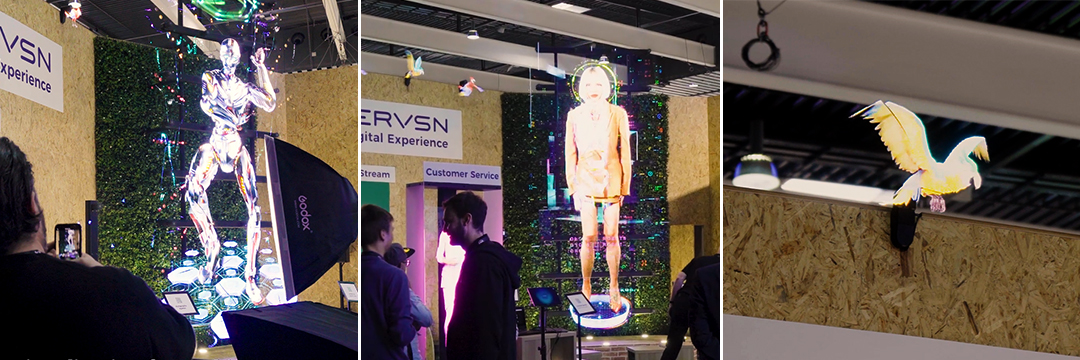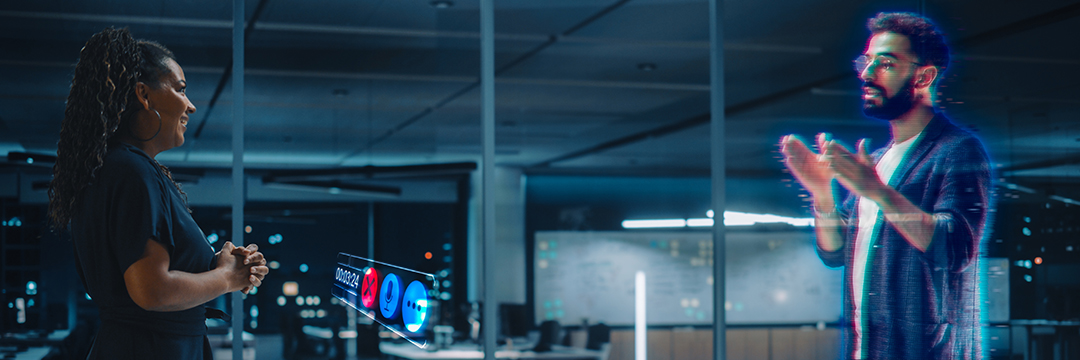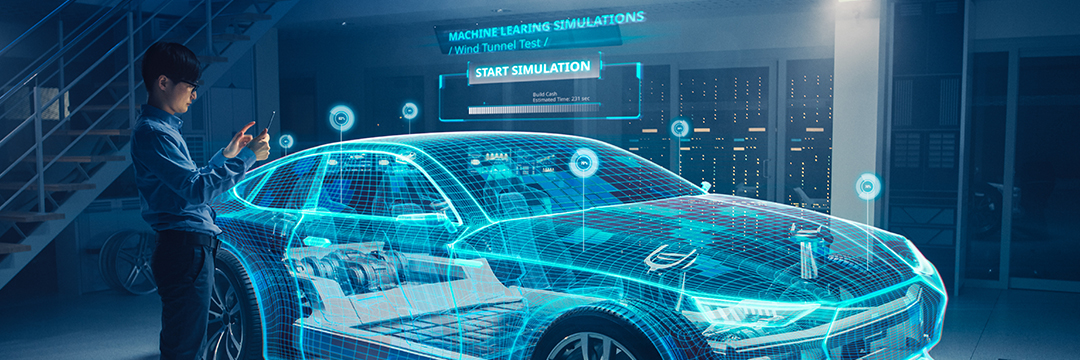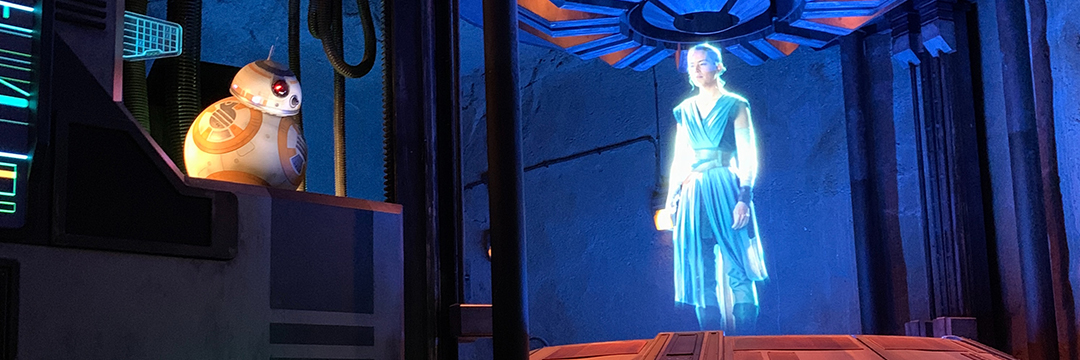Technology-supported meetings in the digital space have been widely established since the pandemic. This makes it possible to meet flexibly and regardless of location. Participants can dial in remotely from anywhere to take part in hybrid meetings. Cameras record the people and transmit them to the displays in the meeting room or to the terminals of the other participants. The new possibilities of digital communication have simplified work and brought many advantages.
Nevertheless, personal contact remains important. Meeting fatigue is creeping in. Companies are trying to find a middle ground between remote work and days in the office. The increasing number of hybrid meetings shows that there is still room for improvement and that video conferencing cannot completely replace face-to-face contact. Remote participants are still at a disadvantage in meetings compared to face-to-face participants. On the way to more equality, differences must be further reduced and the user experience improved. A user experience without the friction of technology to increase comfort, productivity and efficiency for employees.
Holography: The next step towards more immersive meetings?

Therefore, more and more solutions on the market aim to make meetings more immersive. For example, through innovative technology, new functions (e.g. frontrow), a special arrangement of equipment in the room, displays at eye level, 21:9 formats and so on. It should be as close as possible to face-to-face communication.
One technology that is coming back into focus in the course of this is holography. Are holographic meetings the solution and the next step towards immersive meeting experiences?
A hologram is a three-dimensional image of a person or object in the form of a light projection. Technically, holograms have been possible for a long time in various methods and are constantly being developed further. Basically, it is a photographic technique in which the light of an object is recorded and reproduced as a projection. Holograms are already used in industries such as medicine, product design, mechanical engineering or in the entertainment sector. They are often used in a special form in the field of AR/VR, when working with digital twins for visualisations for remote collaboration. Sometimes they are still more of a technical gimmick, such as holographic recordings of famous artists for large events. Physically, many of these applications are not “real” hologram technology in the strict sense, as we know them from films such as Star Wars. The application is still limited to specific sectors and not yet ready for broad mass production. This is set to change.
Exemplary approaches for holographic meetings

Many of the big tech giants are experimenting with different approaches to holographic communication. Meta is among them. Google are developing video call booths with their “Project Starline”, which is supposed to make real-time holographic meetings possible without further peripheral devices. Logitech’s “Project Ghost” follows a similar strategy, but is smaller in scale.
WeWork in cooperation with ARHT Media use HoloPresence and Holopod to have speakers from all over the world appear as holograms at lectures, conferences and events. These systems are available at 16 locations worldwide so far. The Video Call Booth by Proto (formerly Portl) has also caused a stir.
The devices are equipped with cameras, microphones and speakers to enable two-way communication. To teleport one’s virtual self into the cabin from outside with the appropriate application, a studio with green screen or even just a camera in front of a neutral background is needed on the other side. Pre-recorded holograms can also be played back.
The company IKIN’s ideas are most likely aimed at use by private end customers. They want to make holograms possible for smartphones and tablets with a special additional display that translates two-dimensional images into three-dimensional holograms.
Other approaches work with XR glasses to receive a hologram in virtual space via app and cameras. For example, Webex Hologram.
In addition to well-known companies, more and more start-ups are discovering the field for themselves and thus contributing to the further development of the technology. Already today, there are also first experiments with touch-sensitive holographic images, which can thus be manipulated by touch.
Advantages of holograms compared to classic video communication

Holographic meetings already come very close to face-to-face communication. You can see the other person completely in almost natural form and interact with them. People are no longer boxed in within the confines of their own screen. You have the feeling of being in the same room with the person. Body language and indirect communication is not lost this way.
The possibility of visualising three-dimensional objects in the room additionally improves the possibilities for collaboration. For meetings, conferences and workshops, holographic methods could offer added value in the future. But there are still hurdles.
Challenges with holographic meetings

The approaches available so far are promising. However, the set-ups, especially with augmented reality technology, are still cumbersome to get running. Several cameras are needed to capture the person completely from 360 degrees and to display them in three dimensions. The glasses used are often not comfortable enough and continue to create a barrier between the digital and physical world.
When using holographic displays, perspective is often crucial to the quality of the experience. Room and lighting conditions must also be considered to ensure good quality.
Video call booths are a logistical challenge due to their size and are not mobile. Furthermore, there is a limitation in interaction compared to physical meetings. The use cases of video call booths are very limited. Whiteboards or additional content cannot be integrated into the format. They are really only suitable for pure lectures or events. The immersion also only works on one side of the viewer. The person who is recorded on the other side as a hologram in the studio setting has none of this added value.
So far, the technology is also still very expensive and therefore not profitable for most companies. The transmission of holograms also requires a corresponding infrastructure with high bandwidth and a lot of computing power.
So it will probably be a while before holographic meetings can become the norm. Free-floating holograms without any complex technology are not yet feasible in the foreseeable future. But we can be curious. macom is watching all AV technology developments very closely and has the right solutions for all questions around digital communication and collaboration – maybe soon holography will be one of them as well.
